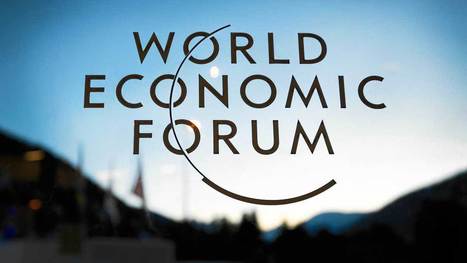Through examining the drivers of biodiversity loss in highly biodiverse countries, we show that it is not population driving the loss of habitats, but rather the growth of commodities for export, particularly soybean and oil-palm, primarily for livestock feed or biofuel consumption in higher income economies. Thus, inequitable consumption drives global biodiversity loss, whilst population is used to scapegoat responsibility. Instead, the responsibilities are clear and have recently been summarized by the Intergovernmental Science-Policy Platform on Biodiversity and Ecosystem Services IPBES: Leverage points for biodiversity conservation lie in reducing unsustainable consumption through diet shifts, tracking supply chains, and technological innovation as well as ensuring sustainable production to reduce biodiversity losses associated with industrial agriculture.
Research and publish the best content.
Get Started for FREE
Sign up with Facebook Sign up with X
I don't have a Facebook or a X account
Already have an account: Login
Revue de presse et du net par le Pôle de partage des connaissances S&T de l'Office français de la biodiversité
Curated by
DocBiodiv
 Your new post is loading... Your new post is loading...
 Your new post is loading... Your new post is loading...
|
|













Alice C. Hughes, Kévin Tougeron, Dominic A. Martin, Filippo Menga & al.,Biological Conservation,Vol 277,2023,109841, https://doi.org/10.1016/j.biocon.2022.109841. via @kevin_tougeron